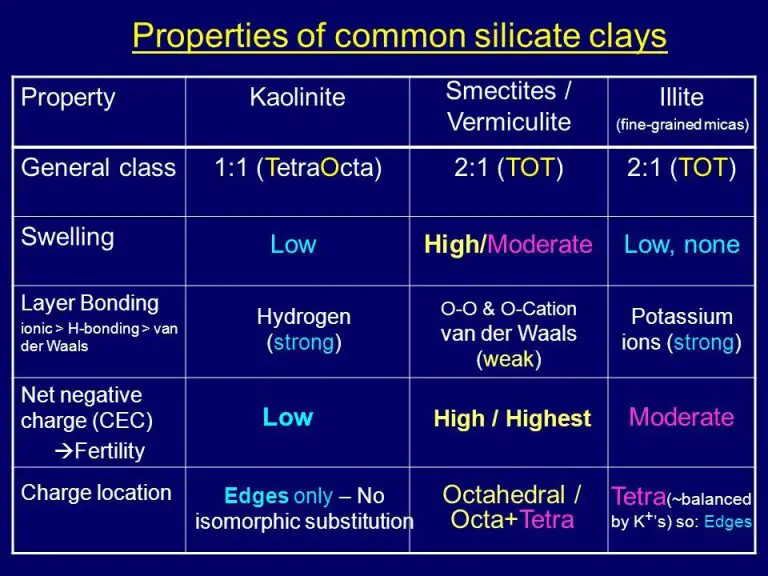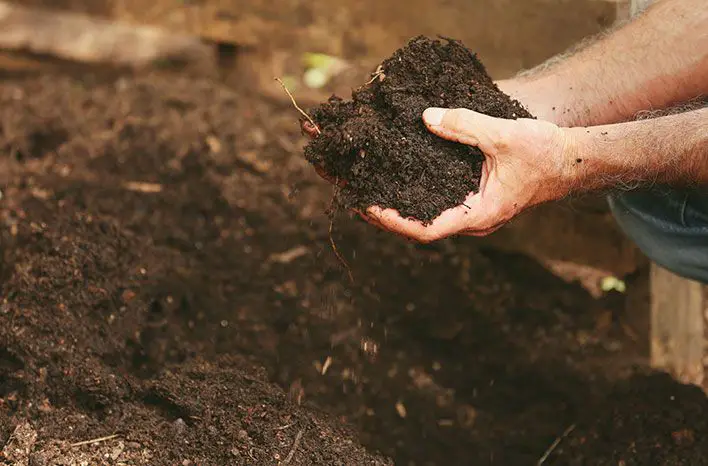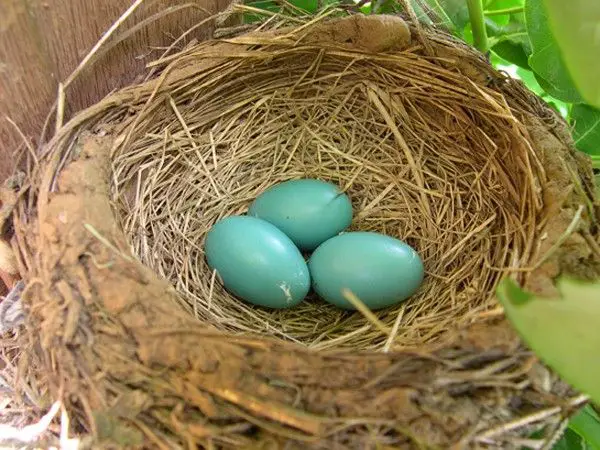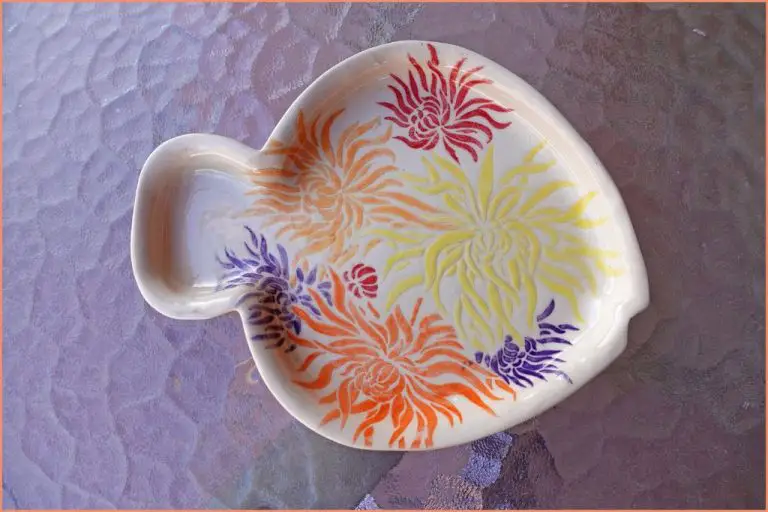What Can I Use To Seal Air Dry Clay?
Air dry clay, also known as modeling clay, is a popular modeling and sculpting material that dries naturally through evaporation. Unlike clays that require firing, air dry clay hardens as it dries via exposure to air over time. It typically takes 1-7 days for air dry clay sculptures to fully cure and harden.
Air dry clay is an accessible and versatile material with many benefits:
- Does not require baking or firing, making it easy to use at home
- Available in bright colors that do not fade as it dries
- Lightweight, making large sculptures manageable
- Low-cost material, great for beginners and hobbyists
- Easy to mold and sculpt for creative projects
Air dry clay is commonly used to create decorative sculptures, jewelry, dolls, crafts, DIY projects, pottery, and more. It’s a fun, no-heat alternative to clays like polymer clay that require baking.
There are a few main types of air dry clay:
- Plastalina – Oil-based, clay-like, pastel colors
- Celluclay – Paper-based, neutral colored, very lightweight
- Activa Air Dry Clay – Non-toxic, bright colors, smooth texture
- Das Air Hardening Clay – White or terra cotta, can be painted after drying
All air dry clays share key traits like moldability, non-toxicity, and air drying. But their texture and intended uses vary.
Why Seal Air Dry Clay?
Sealing pieces made with air dry clay serves multiple important purposes. The main reasons to apply a protective sealant are to prevent chipping and cracking, protect from environmental elements, and preserve the art.
Air dry clay is water-based and porous, so it can easily become damaged when handled over time. Applying a sealant creates a protective barrier that makes the clay more durable and resistant to cracking and chipping off. It helps stabilize the material.
Sealing also protects air dry clay from moisture, heat, UV rays and other environmental factors that can wear down unsealed pieces. Things like humidity, rain, or temperature changes can degrade unprotected clay over time. A sealant provides a shield against this type of damage.
Finally, sealing is important for preserving the look and integrity of air dry clay art. It locks in the colors and original finish, preventing fading or discoloration. This allows the artwork to maintain its aesthetic qualities for much longer. Sealing air dry clay is essential for creating lasting keepsakes and decorative objects.
Sealing Options for Air Dry Clay
There are several options for sealing air dry clay depending on the type of finish you want to achieve. Here are some of the most common sealants used:
Varnish
Varnish is the most common sealant used for air dry clay. It provides a smooth, protective finish that brings out the clay’s natural colors. Polyurethane, acrylic, and polyacrylic varnishes work well for sealing air dry clay. Apply 2-3 thin coats of varnish allowing each coat to fully dry between applications.
Glazes
Glazes can provide an attractive glossy or satin finish for air dry clay. They come in various colors allowing you to tint the clay or provide an extra layer of color. Brush on glaze evenly and avoid over-brushing to prevent removing the clay’s surface color. Allow the glaze to fully dry between coats.
Polymer Clay Finishes
You can use finishes made for polymer clay on air dry clay as well. This includes options like chalk pastels, acrylic paints, or liquid polymer clay for adding color and effects. Buff liquid polymer clay or varnish over chalk pastels to seal. Use an acrylic sealer over painted finishes.
Epoxy Resin
For a thick, glass-like finish, you can coat air dry clay with epoxy resin. This provides a durable, waterproof seal. Fully mix the resin according to package directions then pour or brush over the clay’s surface. Allow to fully cure 24-48 hours before handling.
Applying Varnish
When it comes to sealing air dry clay, varnish is a popular choice for many artists. Varnish comes in different finishes like matte, satin, and glossy which allows you to achieve different looks with your finished piece. There are varnishes specifically formulated for clay that provide an attractive, protective coating.
Make sure to use a high-quality varnish meant for clay, resin, or crafts – some options are polyurethane, triple thick glaze, or Mod Podge. Avoid using varnishes meant for wood or canvas since they can interact poorly with clay over time. Select a varnish in your desired finish – matte for a subtle look, satin for some shine but not overly glossy, or high gloss for a slick wet look.
Use a soft brush to apply the varnish in smooth, even strokes. Foam brushes are great for getting into small crevices and details. Allow each coat to fully dry before adding another. Two to three thin coats of varnish are better than one thick coat. Take your time applying the varnish to avoid drips or uneven brush strokes. Work in a dust-free area since any particles that get stuck in the varnish will be visible in the final piece.
Varnishing takes a bit of practice to master but is very rewarding. With the right varnish and application technique, you can give your air dry clay art a beautiful, long-lasting sheen and protection from fingerprints, dust, and other environmental factors.
Using Glazes
Glazes are a popular choice for sealing air dry clay because they can create a glass-like coating and interesting effects on the clay surface. Glazes come in various opacities, textures and finishes. The most common types of glazes used on air dry clay are:
High-fire glazes – These glazes require high kiln temperatures of over 1200°F to mature properly. High-fire glazes create a smooth, glossy finish and vivid colors. However, high-fire glazes are not suitable for air dry clays as they require high heat to melt the glaze ingredients and fuse to the clay body. Using them on air dry clay results in a powdery, unsatisfactory finish.
Low-fire glazes – Low-fire glazes mature at lower kiln temperatures, generally between 1500°F – 1800°F. While better suited to air dry clays than high-fire glazes, low-fire glazes still require more heat than air dry clays can withstand without burning or scorching. Firing air dry clay pieces with low-fire glazes in a kiln results in cracking, bubbling, and peeling.
Cold glazes – These specialty glazes are formulated to mature and create an impervious glass-like coating at room temperature or low oven temperatures under 275°F. Cold glazes come in gloss, satin, and matte finishes. They are the best type of traditional glaze for successfully sealing air dry polymer clay. Cold glazes are available pre-mixed or as powdered ingredients to mix with water.
To apply cold glazes, first ensure the air dry clay piece is fully cured, clean, and dry. Shake or stir pre-mixed glazes before applying with a soft brush in thin, even layers. Allow each layer to dry completely before adding another. Powdered glaze ingredients should be mixed with water according to package directions to create a smooth, liquid glaze. 3-4 thin layers are usually sufficient for good coverage and an impervious seal. Allow the final coat to fully cure for 24-48 hours before handling.
Polymer Clay Finishes
Polymer clay finishes like Sculpey Gloss Glaze and Krylon UV-Resistant Clear Acrylic Coating provide durable, long-lasting protection for polymer clay pieces. They come in both gloss and matte versions, allowing you to achieve different looks.
For a high-gloss finish, Sculpey Gloss Glaze is an excellent choice. It dries crystal clear and enhances the vibrancy of polymer clay colors. After baking your sculpture, apply 2-3 thin coats using a soft brush, allowing complete drying between coats. Krylon UV-Resistant Clear Acrylic Coating also provides a glossy finish and protects against fading.
If you prefer a matte look, try Sculpey Matte Finish acrylic sealer. It dries to a smooth, non-shiny finish. Similarly, Krylon Make It Matte spray creates a protective matte coating ideal for polymer clay. Apply multiple thin layers for best results with matte finishes.
Always check the manufacturer’s instructions, as application requirements can vary between products. Allow the recommended drying time between coats. When applying gloss or matte sealants to polymer clay pieces, work in a well-ventilated area and avoid breathing in spray fumes.
Epoxy Resin
Epoxy resin is a popular sealant for air dry clay. It provides a high gloss, durable finish that enhances the look of sculpted clay pieces.
Some benefits of using epoxy resin are:
- Creates a glass-like coating
- Highly glossy and clear finish
- Protects surface from scratches and UV damage
- Does not yellow over time
- Resistant to water and heat
Popular brands of epoxy resin for art and crafts include EasyCast, ArtResin, and Diamond Resin. Be sure to choose a brand formulated for coating and sealing.
Epoxy resin requires mixing a resin and hardener component together in the proper ratios. Resin cures fully in 24-48 hours depending on thickness, so air dry clay pieces will need to be handled carefully until fully set. Surface preparation is important, so clean the piece thoroughly before applying the epoxy.
Epoxy can be applied with a foam brush, palette knife, or by dipping. Multiple coats may be needed for good coverage and an even glossy finish. Be sure to work in a well-ventilated area and take precautions when handling epoxy resin.
Choosing a Sealant
There are a few main options when it comes to choosing a sealant for air dry clay. The best sealant for your project will depend on the level of protection needed, the desired finish, and any specialty application considerations.
Varnishes provide good protection with a smooth glossy or matte look, while polymer clay finishes offer a durable top coat with added visual dimension from mica powders. Glazes work well for a ceramic look and feel. Epoxy resin creates the most durable shine and seal.
For pieces that will be frequently handled or subjected to wear, an epoxy resin is the most protective option. For display pieces that won’t be touched often, a varnish or polymer clay finish will sufficiently seal the clay. Glazes are great for a natural clay look on items like planters and decor.
Consider the level of gloss you want as well. Varnish comes in gloss, satin and matte finishes. Polymer clay finishes lend a subtle to moderate sheen depending on the mica powder used. Glazes can range from matte to glossy. Epoxy resins provide a thick, glossy top coat.
It’s a good idea to do a test piece when trying a new sealant to ensure you get the look and durability needed for your project. With a bit of experimenting, you’ll find the right sealing products for your air dry clay creations.
Applying Sealants
The key to successfully sealing air dry clay is properly preparing the surface and using the right tools and techniques for each sealant. Here are some tips for getting the best results when applying common sealants to air dry clay pieces:
Varnish
Before varnishing, make sure the clay is fully cured, clean, and free of dust. Use a soft brush to remove any debris. Apply the varnish in a well-ventilated area using a high-quality natural bristle brush, foam brush, or spray varnish. Use thin, even coats and allow ample drying time between coats. 2-3 thin coats typically provides good protection.
Glazes
Glazes require a perfectly smooth clay surface to adhere properly. Use fine grit sandpaper to sand any rough areas. Wipe away sanding dust with a dry cloth. Mix the glaze thoroughly before applying with a soft brush. Allow each layer to dry completely before adding the next. Fire or bake according to glaze instructions.
Epoxy Resin
Epoxy resin provides the most durable seal for air dry clay. Before applying, fill any cracks and sand bumps for a level surface. Clean the piece to remove all dust and oil. Mix resin according to package directions and pour into a disposable container. Use a foam brush or roller to apply the resin quickly and evenly. Pop any bubbles with a toothpick or heat gun. Allow to fully cure.
Maintaining Sealed Pieces
Once your air dry clay artwork has been sealed, you’ll want to take proper care of it to ensure it lasts. Here are some tips for maintaining sealed clay pieces:
Cleaning
Use a soft dry cloth to gently dust sealed clay pieces. Avoid using liquids or cleaners which could degrade the sealant over time. For stuck-on dirt, you can try a lightly dampened cloth. Let the surface fully dry afterward.
Handling
Avoid touching the surface repeatedly in the same spot, as the natural oils on skin can slowly break down the sealant. Grip pieces carefully on the edges or underside if needing to move them. Consider wearing cotton gloves when handling to prevent finger marks.
Displaying
Keep clay artwork out of direct sunlight, which can potentially cause fading or yellowing over time. Place pieces away from sources of heat like appliances or lamps. Use felt pads on the bottom of pieces to prevent scratches on table surfaces. Avoid high humidity areas which could damage the sealant.




